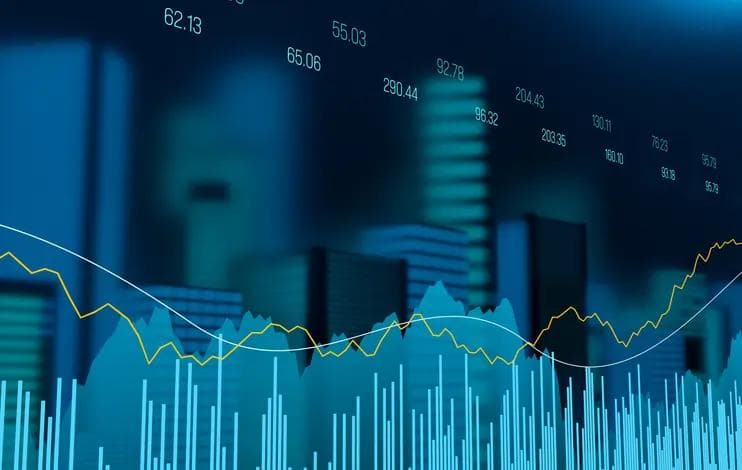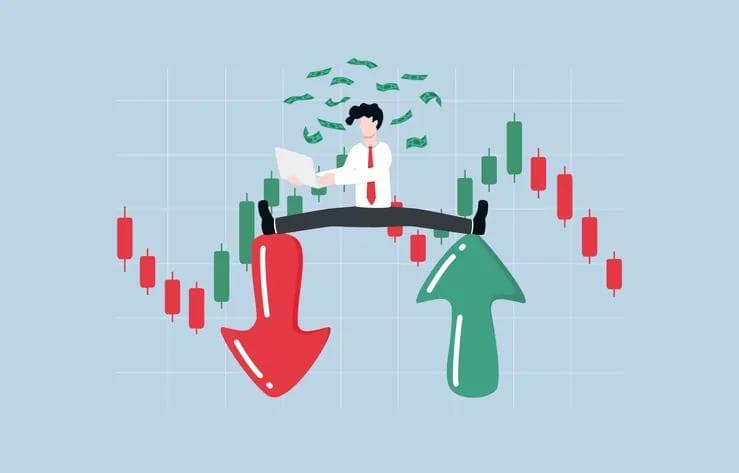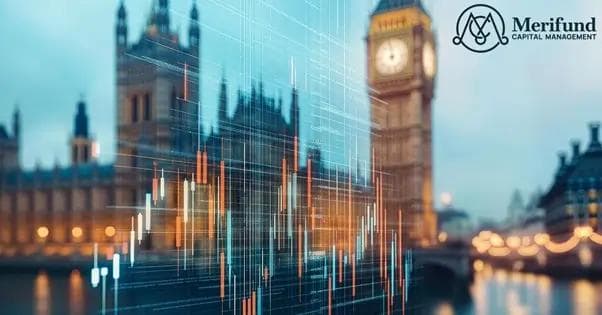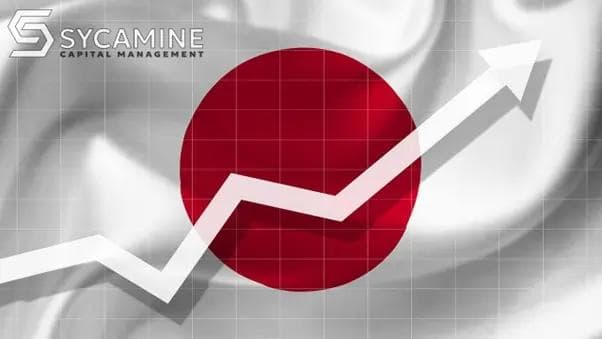STANDARD & POOR’S READS BETWEEN THE LINES OF THE PARIS AGREEMENT
STANDARD & POOR’S READS BETWEEN THE LINES OF THE PARIS AGREEMENT
Published by Gbaf News
Posted on January 29, 2016

Published by Gbaf News
Posted on January 29, 2016

Last December’s climate change conference in Paris (COP21) saw governments from 195 countries approve a global climate deal – also known as The Paris Agreement – which sets out a series of unprecedented financial, technical, and legal principles that will govern greenhouse gas emission reduction efforts.

Mike Wilkins
Of course, critics argue the efforts may not go far enough, and question whether the aim to reduce global temperature by two degrees is realistically achievable. The same critics also say that while the agreement itself may be legally binding, its emission reduction pledges are not.
At the conference was Michael Wilkins, Managing Director of Infrastructure Ratings and Head of Environmental & Climate Research at Standard & Poor’s, who explores the implications of the agreement in a new report ‘The Paris Agreement: A New Dawn For Tackling Climate Change, Or More Of The Same?’.
In the report, Wilkins focuses on the key industries affected (notably carbon-intensive sectors), while analysing the ramifications for the ‘green’ finance market and highlighting the financial priorities needed to further incentivise the inevitable energy transition. Wilkins highlights that targets submitted by governments at COP21 alone require an estimated $16.5 trillion of investment over the next 15 years.
Wilkins summarises his findings in this short video, with the key takeaways as follows:
Explore more articles in the Investing category











